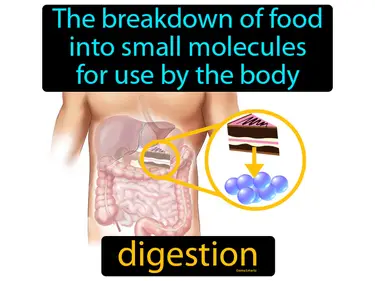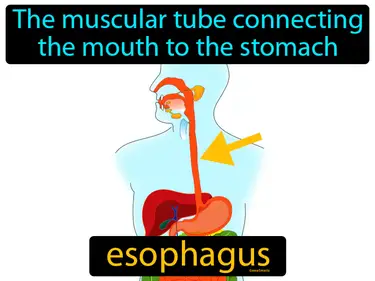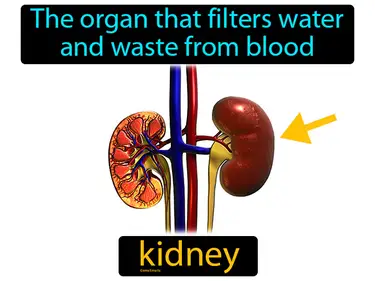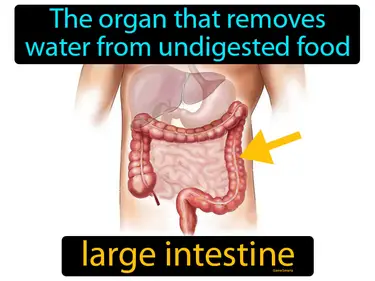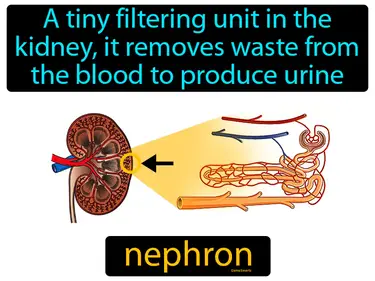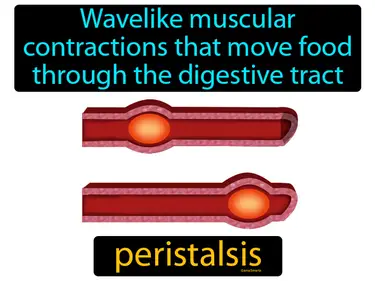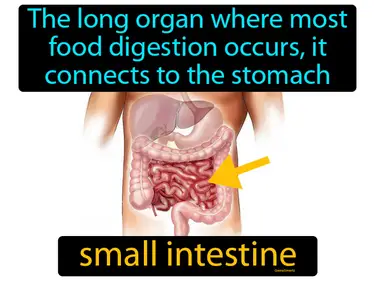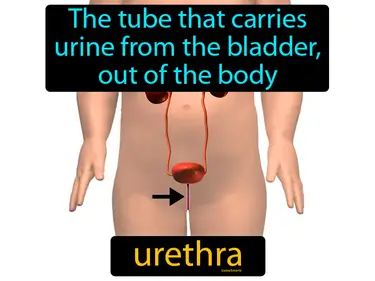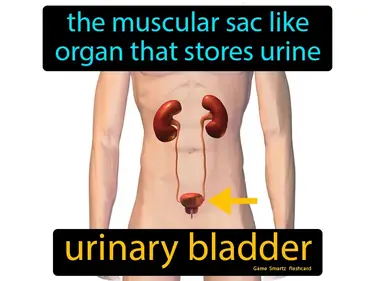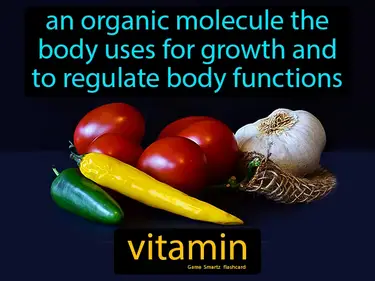Digestive and Excretory System
Science
amylase
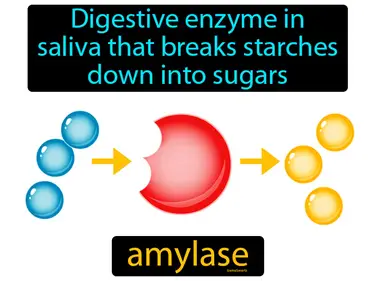
Digestive enzyme in saliva that breaks starches down into sugars. Amylase. Amylase is an enzyme that helps break down carbohydrates into simple sugars in our mouths, aiding in digestion.
bile
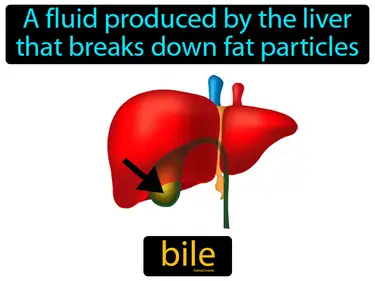
A fluid produced by the liver that breaks down fat particles. Bile is a substance created by the liver that helps digest fats.
calorie
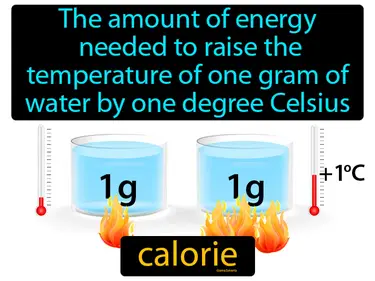
A unit of heat used to measure the energy content of food, a calorie is the amount of heat required to raise the temperature of 1 g of water by 1C. A calorie is a measure of energy.
chyme
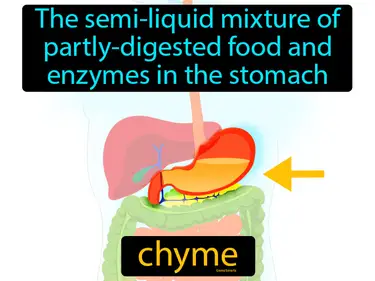
The semi-liquid mixture of partly-digested food and enzymes in the stomach. Chyme. It is a mushy substance formed in the stomach to help break down food for digestion.
digestive absorption
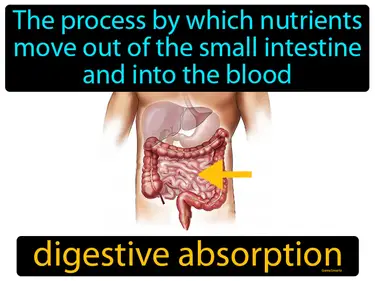
The process by which nutrients move out of the small intestine and into the blood. Digestive absorption. It is when your body takes in nutrients from food to use for energy and growth.
excretion

The process by which waste is removed from the body. excretion. Excretion is the way our bodies get rid of waste to keep us healthy.
excretory system
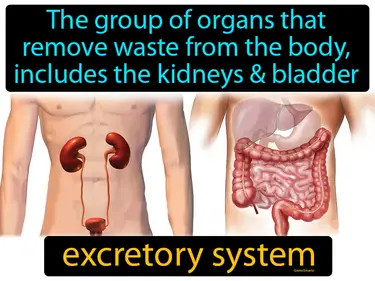
The group of organs that remove waste from the body includes the kidneys and bladder excretory system. The excretory system helps clean the body by getting rid of waste and extra fluids.
glomerulus
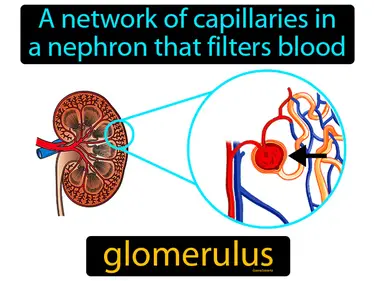
A network of capillaries in a nephron that filters blood. Glomerulus. The glomerulus is a tiny cluster of blood vessels in the kidneys that helps filter waste from the blood.
liver
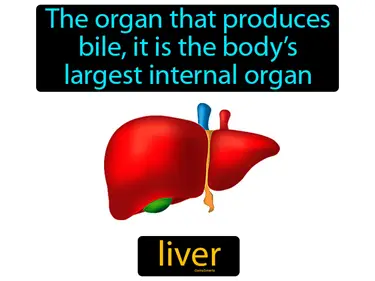
The organ that produces bile, it is the bodys largest internal organ. Liver. The liver filters toxins from the blood and helps digest food.
pepsin
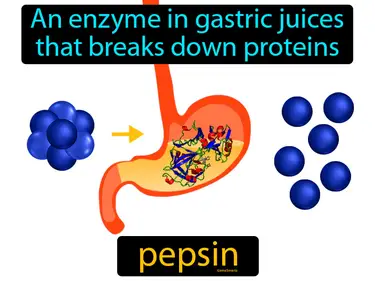
An enzyme in gastric juices that breaks down proteins. Pepsin. Pepsin is a protein-digesting enzyme in the stomach that helps break down food into smaller molecules.
stomach
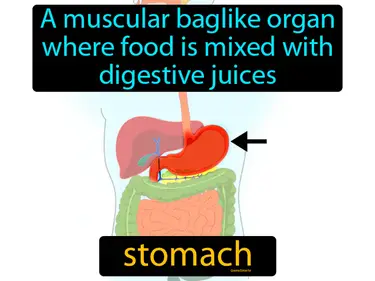
A muscular baglike organ where food is mixed with digestive juices. Stomach. The stomach is an organ that helps break down food with acids and enzymes.
ureter
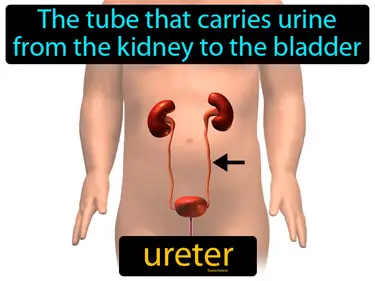
The tube that carries urine from the kidney to the bladder. Ureter. The ureter is a narrow tube that transports urine from the kidney to the bladder.
villus
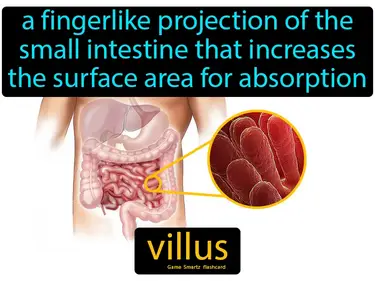
A fingerlike projection of the small intestine that increases the surface area for absorption. Villus. A villus is a tiny, hairlike structure in the small intestine that helps absorb nutrients from food.
